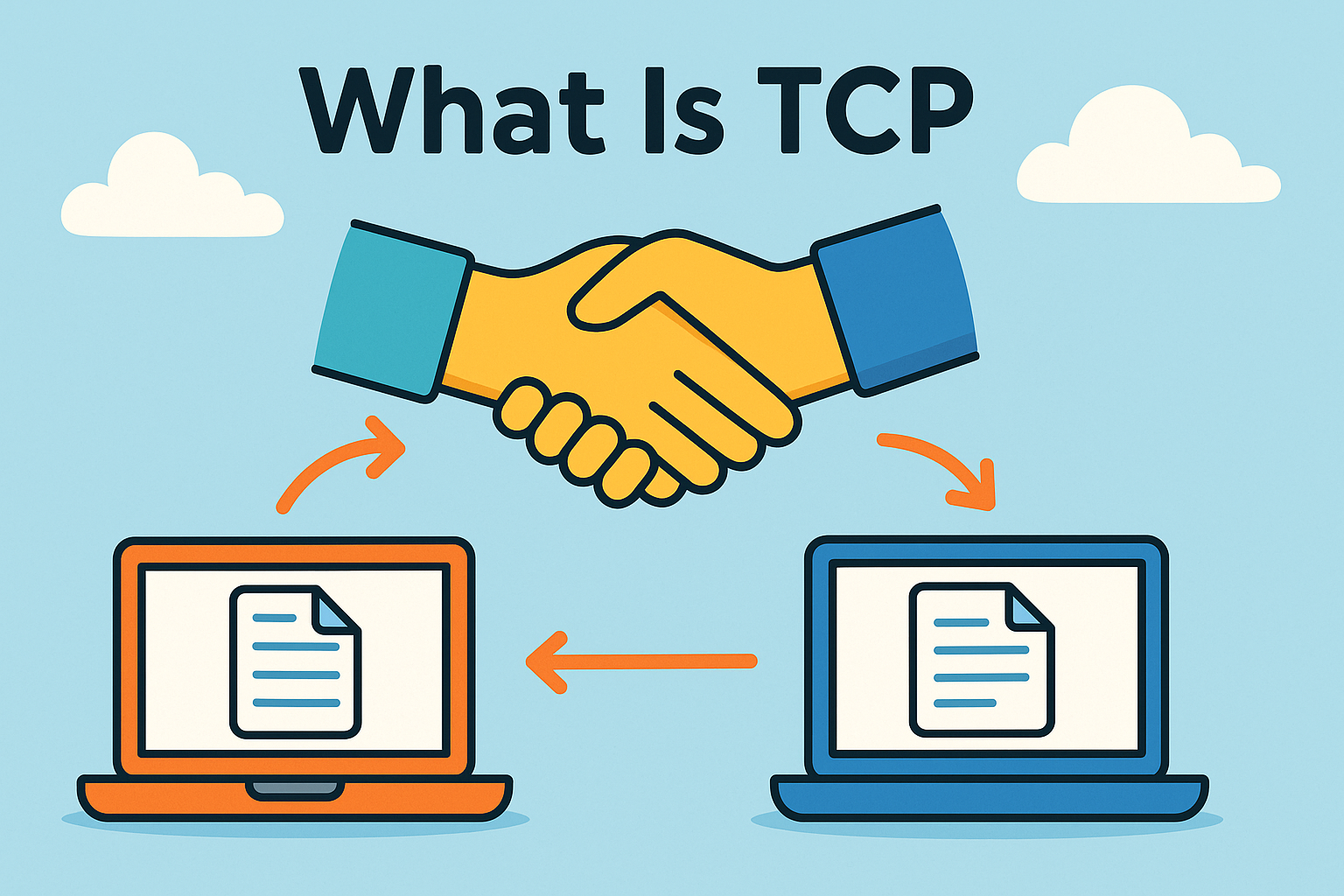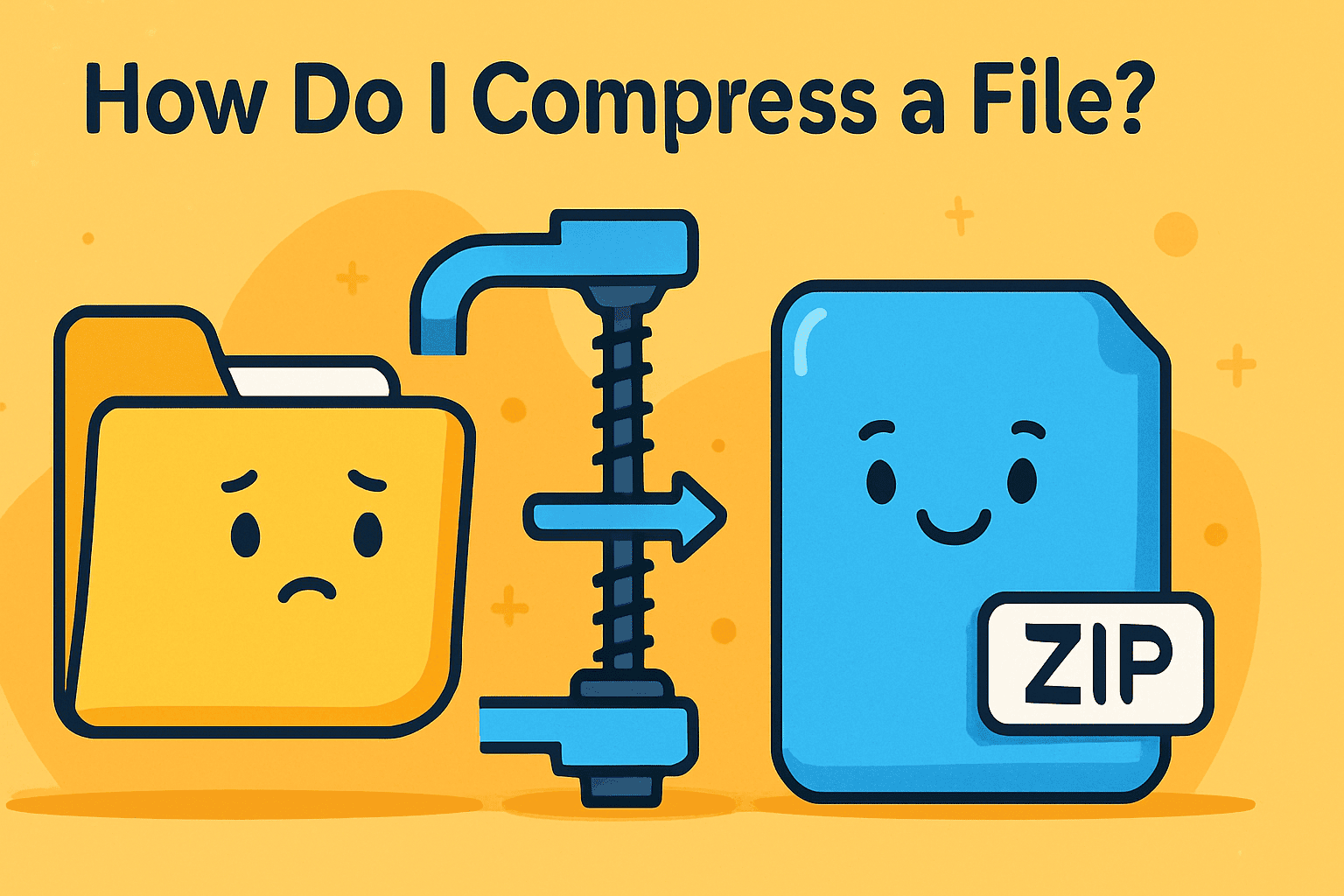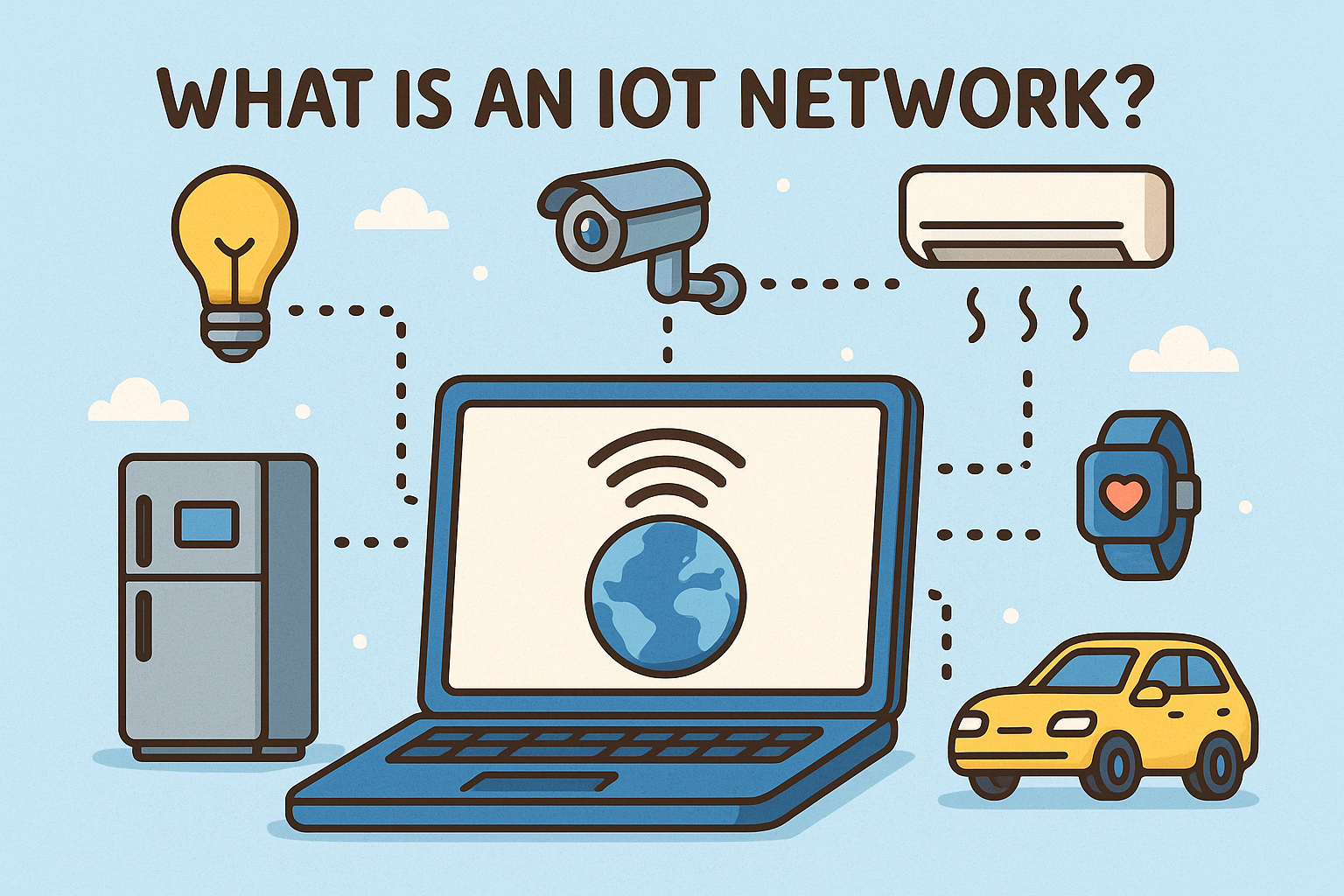What Is SSD Storage? Complete Guide for IT & Cybersecurity Leaders
Updated on November 17, 2025, by Xcitium

If you’ve ever wondered what is SSD storage and why it has become the gold standard for modern IT infrastructure, you’re not alone. As organizations accelerate digital transformation, performance and data security are no longer optional—they’re mission-critical. Traditional hard drives can’t keep up with today’s demand for speed, uptime, and cybersecurity resilience.
Enter SSD storage.
In this guide, we’ll break down what SSD storage is, how it works, why it matters for cybersecurity, and how it transforms performance across industries. Whether you’re an IT manager, cybersecurity professional, or a CEO evaluating your company’s infrastructure strategy, this resource simplifies everything you need to know.
What Is SSD Storage?
SSD storage, or Solid-State Drive storage, is a modern data storage technology that uses flash memory instead of spinning disks to store information. Unlike traditional HDDs (Hard Disk Drives), SSDs have no moving parts, making them dramatically faster, more reliable, and more secure.
SSDs are widely used in servers, endpoint devices, enterprise data centers, cloud platforms, and cybersecurity appliances because they offer unmatched speed, durability, and protection against data failure.
How Does SSD Storage Work?
SSDs use NAND flash memory to store data in interconnected memory cells that can be accessed instantly. This is a key difference from HDDs, where a mechanical arm must physically rotate and read/write data.
Key Components of SSDs
-
Controller – manages data operations
-
NAND Flash Chips – long-term storage memory
-
Cache (DRAM) – speeds up data access
-
Interface (SATA, NVMe, PCIe) – connects to the system
Why SSDs Are Faster
-
No physical rotation
-
Data is read electronically
-
Instant seek times
-
High IOPS (Input/Output Operations Per Second)
Typical SSD Read/Write Speeds
| SSD Type | Read/Write Speed |
|---|---|
| SATA SSD | 500–600 MB/s |
| NVMe SSD | 2000–7000 MB/s |
| PCIe Gen4 SSD | Up to 15,000 MB/s |
This enormous speed advantage directly impacts system performance, cybersecurity scanning, threat detection, and enterprise workflows.
SSD vs HDD: What’s the Difference?
Understanding SSD vs HDD performance helps organizations make informed decisions about storage investments.
1. Speed
-
SSD: Instant access, lightning-fast boot times
-
HDD: Mechanical delays, slower load times
2. Durability
-
SSD: Shock-proof
-
HDD: Sensitive to vibration
3. Data Security
-
SSD: Harder to exploit via physical attacks
-
HDD: Fragile platters easily compromised
4. Failure Rates
-
SSD: ~1% annual failure rate
-
HDD: ~2–5% annual failure rate
5. Energy Efficiency
-
SSDs use 50–70% less power
-
Ideal for large data centers and remote workloads
Types of SSD Storage (Explained Simply)
1. SATA SSD
-
Oldest SSD format
-
Compatible with most systems
-
Slower than modern NVMe drives
2. M.2 SSD
-
Small, slim design
-
Used in modern laptops and business desktops
-
Supports SATA or NVMe
3. NVMe SSD
-
Connects directly to PCIe lanes
-
Ultra-fast data access
-
Ideal for servers, virtualization, and SOC tools
4. PCIe SSD
-
High-performance enterprise-grade drives
-
Used in data centers, analytics systems, and AI workloads
Key Benefits of SSD Storage for Modern Organizations
1. Faster System Performance
SSDs significantly improve:
-
Boot times
-
Data processing
-
File transfer speeds
-
Multitasking
For cybersecurity operations, faster systems equal faster threat detection and quicker forensic analysis.
2. Improved Reliability
Because SSDs lack moving parts, they resist:
-
Heat damage
-
Physical shocks
-
Mechanical wear
This makes SSDs ideal for:
-
Remote teams
-
Rugged field environments
-
Critical infrastructure installations
3. Enhanced Security
SSDs support:
-
Advanced hardware encryption
-
Self-encrypting drives (SED)
-
Instantaneous secure wipe functions
These features help businesses maintain data integrity and comply with:
-
HIPAA
-
GDPR
-
SOC 2
-
PCI-DSS
4. Lower Energy Costs
SSDs consume far less power than HDDs, a major financial advantage for:
-
Data centers
-
Cloud platforms
-
High-availability server rooms
5. Longer Lifespan for Enterprise Systems
SSDs reduce mechanical stress on systems, meaning:
-
Longer device longevity
-
Lower maintenance costs
-
Fewer endpoint failures
How SSD Storage Enhances Cybersecurity
SSDs don’t just make devices faster—they also strengthen organizational security.
1. Faster Threat Detection
Cybersecurity tools such as:
-
EDR
-
XDR
-
SIEM platforms
-
Malware scanners
work faster on SSDs due to high IOPS and rapid data retrieval.
2. Better Endpoint Protection
SSDs allow security solutions to:
-
Scan memory faster
-
Execute real-time protection
-
Process telemetry without lag
3. Reduced Physical Attack Surface
HDDs can be exploited using physical techniques like:
-
Disk platter extraction
-
Mechanical head manipulation
SSDs store data electronically, eliminating these vulnerabilities.
4. Stronger Encryption Support
Most enterprise SSDs include:
-
AES-256 hardware encryption
-
TCG Opal compliance
-
FIPS 140-2 certification
Use Cases for SSD Storage Across Industries
1. Cybersecurity & SOC Operations
-
Faster log analysis
-
Rapid threat detection
-
Efficient malware scanning
2. Healthcare
-
High-speed medical imaging
-
Secure patient data storage
-
HIPAA-compliant infrastructure
3. Financial Services
-
Reduced latency in transaction systems
-
Secure encrypted data storage
-
Faster fraud detection
4. SaaS, Cloud & Hosting Providers
-
Faster app performance
-
Greater uptime
-
Lower operational costs
5. Government & Defense
-
High-security storage
-
Rugged performance in extreme conditions
How to Choose the Right SSD for Your Business
1. Define Your Performance Requirements
-
Basic workloads → SATA or M.2 SATA
-
Virtualization or database servers → NVMe
-
High-performance analytics → PCIe 4.0+
2. Consider Endurance (TBW Ratings)
Higher TBW = longer lifespan.
3. Evaluate Security Features
Look for:
-
Hardware encryption
-
Opal 2.0
-
Secure erase
4. Understand Your Budget
Prices vary by:
-
Speed
-
Capacity
-
Endurance
5. Think About Future Scalability
Choose SSDs that support:
-
PCIe expansion
-
NVMe acceleration
FAQs
1. What is SSD storage used for?
SSD storage is used for storing and accessing data faster and more securely than HDDs. It’s commonly used in laptops, servers, and enterprise cybersecurity systems.
2. Is SSD storage better than HDD?
Yes. SSDs offer faster speeds, better security, lower failure rates, and greater durability.
3. Do SSDs improve cybersecurity performance?
Absolutely. SSDs speed up threat detection, scanning, and overall protection workflows.
4. How long do SSDs last?
Enterprise-grade SSDs typically last 5–10 years, depending on usage and TBW ratings.
5. Are NVMe SSDs worth it for businesses?
Yes. NVMe SSDs offer the highest performance, making them ideal for virtualization, analytics, logging, and cybersecurity tools.
Final Thoughts
Understanding what SSD storage is helps businesses make smarter decisions about performance, security, and long-term IT strategy. From cybersecurity advantages to speed and durability, SSDs provide the backbone for modern digital infrastructure.
Ready to Upgrade Your Security Infrastructure?














